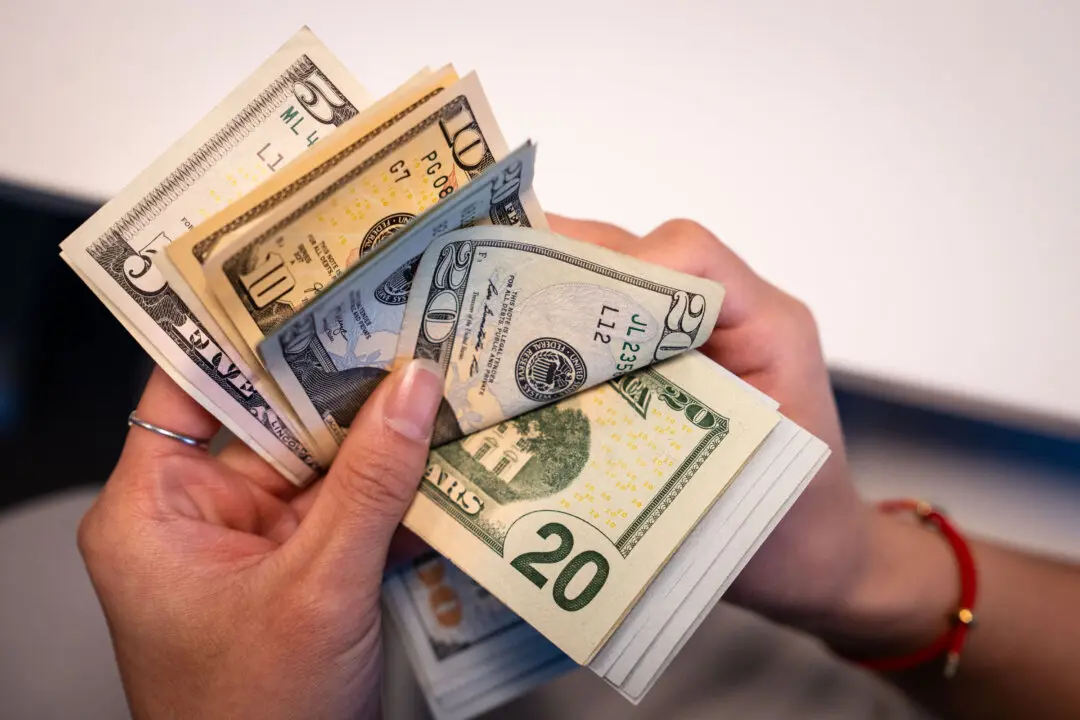U.S. average gas prices could cross $4 per gallon by next year, according to a forecast by GasBuddy, which also did not rule out prices hitting $5 per gallon by summer.
The year “2023 is not going to be a cakewalk for motorists. It could be expensive,” Patrick De Haan, head of petroleum analysis at GasBuddy, told CNN. “The national average could breach $4 a gallon as early as May—and that’s something that could last through much of the summer driving season.” The national average gas price was $3.13 per gallon as of Dec. 18. GasBuddy expects it to rise to $3.52 to $4.05 per gallon by May.





